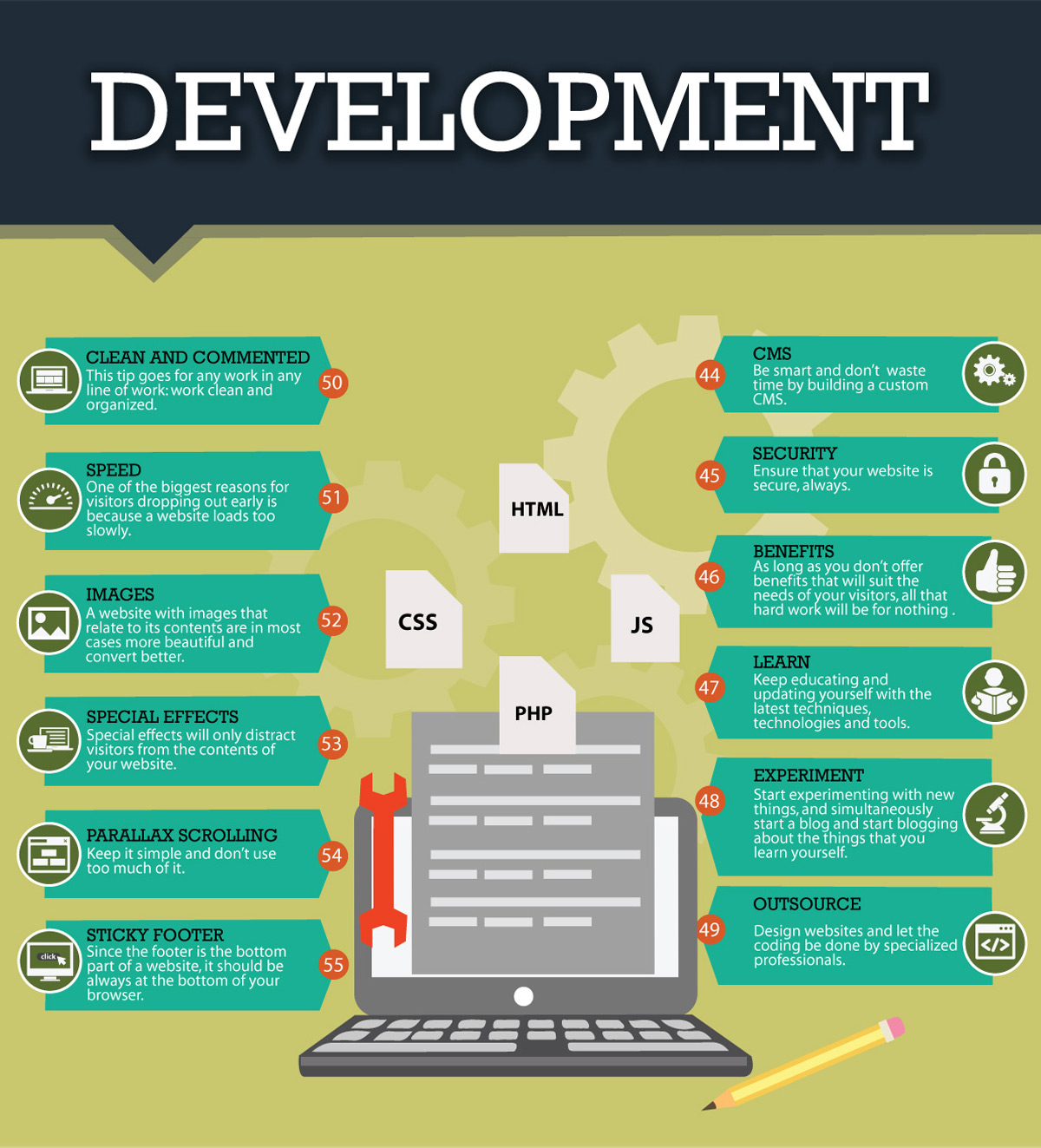Step-By-Step: From Concept To Launch - Site Style Process
Step-By-Step: From Concept To Launch - Site Style Process
Blog Article
Developed By-Wiggins Henson
So, you assume making a site is as simple as slapping with each other a few beautiful images and lines of code? Well, reconsider.
The process of transforming an idea right into a completely working site is a complex journey that needs careful planning, precise study, and exact implementation. But concern not, for in this discussion, we will guide you with the step-by-step process of site design, from specifying your objectives to bringing your development to life.
Prepare to study the world of site layout and find the keys behind creating an effective on-line presence.
Specifying Your Site Goals
To begin the process of developing your web site, you have to first specify your goals. This step is crucial as it establishes the structure for the whole layout procedure.
Start by asking yourself, what do you intend to accomplish with your site? Is it to enhance online sales, create leads, or give info to your audience? Clearly articulating your goals will assist direct the design decisions and ensure that your site aligns with your total company goals.
When you have defined your goals, you can after that identify the crucial performance signs (KPIs) that will certainly determine your web site's success. These might consist of metrics such as conversion prices, bounce rates, or ordinary session duration.
Planning and Researching Your Design
Begin by performing detailed research study and preparing to make sure a knowledgeable and tactical site style. website seo agency lays the structure for a successful internet site that meets your goals and satisfies your audience.
Below are four key tasks to complete throughout the planning and investigating stage:
1. ** Specify your target audience **: Understand that your web site is dealing with. Identify Suggested Site , preferences, and discomfort indicate tailor your style as necessary.
2. ** Conduct competitor evaluation **: Research study your rivals' sites to determine sector patterns and obtain insights right into what jobs and what doesn't. This will assist you separate your layout and produce a special user experience.
3. ** Create a sitemap **: Arrange your internet site's structure and material hierarchy to ensure easy navigation and a rational flow for customers. A well-structured sitemap improves customer experience and makes info easily available.
4. ** Establish a web content strategy **: Plan your internet site's material based upon your target market and their demands. Determine what sort of web content will certainly engage and notify your users, and how it will be presented on your website.
Bringing Your Site to Life
Ready to transform your website from a principle to a completely functional and aesthetically appealing online platform? It's time to bring your website to life.
This phase includes turning your style right into a truth by coding and setting the necessary aspects.
First, you'll need to select a Web content Administration System (CMS) that fits your needs, such as WordPress or Drupal.
After that, you'll begin constructing the site structure by creating the required pages and organizing the content.
Next, search engine optimisation seo 'll add the design aspects, including shades, fonts, pictures, and video clips, to improve the aesthetic charm.
Lastly, you'll incorporate interactive attributes, such as types or chatbots, to involve your visitors.
Throughout this procedure, it's crucial to test your site's functionality and responsiveness on different devices and internet browsers to ensure a seamless customer experience.
Final thought
Finally, the website design process is a critical action in establishing an online existence. By defining your goals, carrying out detailed research study, and bringing your website to life, you can produce a successful online platform.
Interestingly, a research study discovered that 88% of online customers are much less likely to go back to an internet site after a negative individual experience. This statistic highlights the value of developing an user-friendly website to ensure a favorable and interesting experience for site visitors.
